In urban areas, most homes and businesses are equipped with private sewer laterals. Private sewer laterals are pipes that carry wastewater from your property into municipal and regional sewer systems. Property owners are responsible for maintaining and repairing all private sewer laterals.

Understand your responsibilities
Lateral ownership belongs to each property owner, typically from the building to the connection with the municipal sewer pipe, usually located underneath the street in front of your building. Sometimes, private ownership may only go to the right of way, and in other cases, municipal pipes aren’t located in the middle of the street. Contact your municipality to know where your responsibility ends.
Municipal sewer pipes are a shared resource maintained by your community public works department. These connect to a regional pipe system, interceptors and force mains that are maintained by the Madison Metropolitan Sewerage District.
Lateral materials
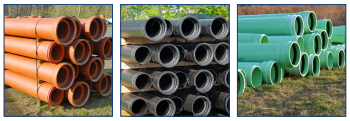
Properties built after 1980 typically have sewer laterals made of PVC, while older builds likely use clay or cast iron. The pipe’s material will impact its durability against tree roots, clogs and other pressures that can deteriorate laterals over time.
- Clay breaks easily and has vulnerable joints.
- Cast iron is susceptible to corrosion.
- PVC is less prone to breaks or problems.
Maintaining private sewer laterals
Lateral inspection
Inspect your sewer lateral occasionally for common concerns. A plumber or service provider can inspect or video scope your lateral for pipe material, condition, blockages or root growth, and help you formulate a plan for maintaining the pipe. Early detection helps save time and money from serious lateral damage, basement issues, contamination, sinkholes and more. And, you’ll help minimize the impacts of inflow and infiltration on the system.
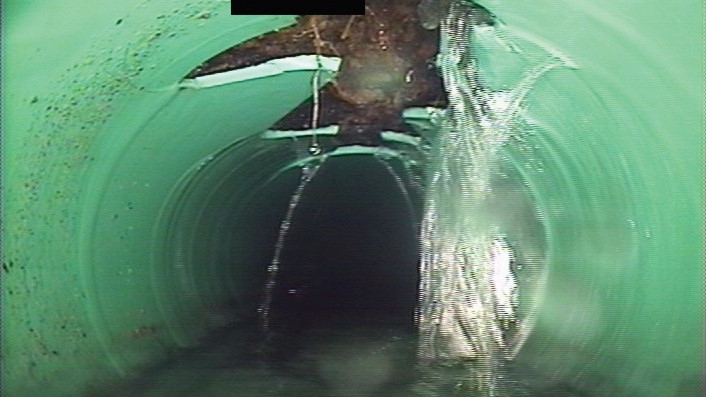
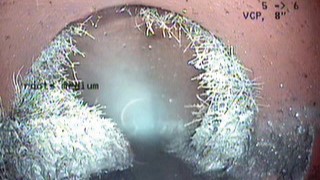
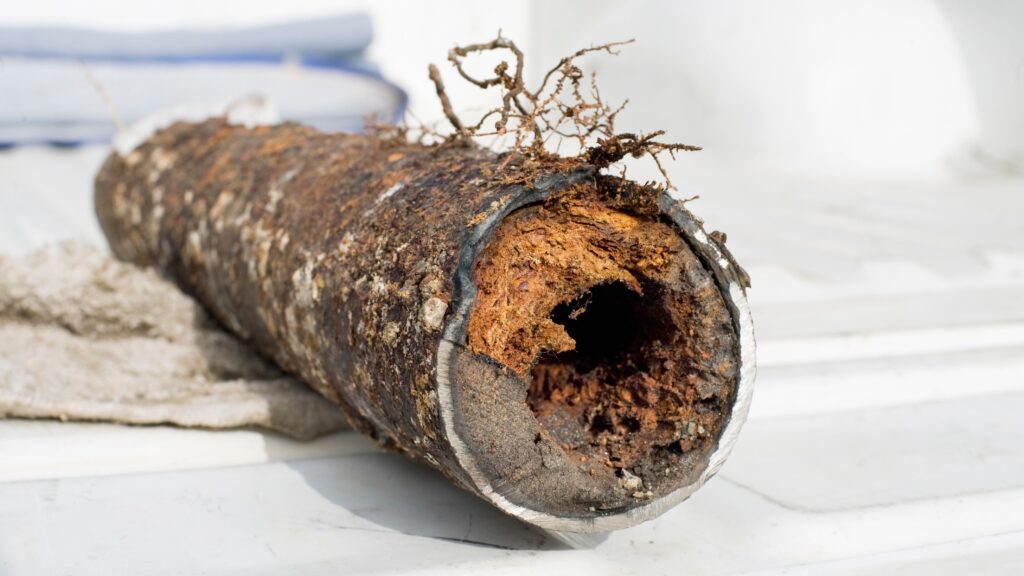
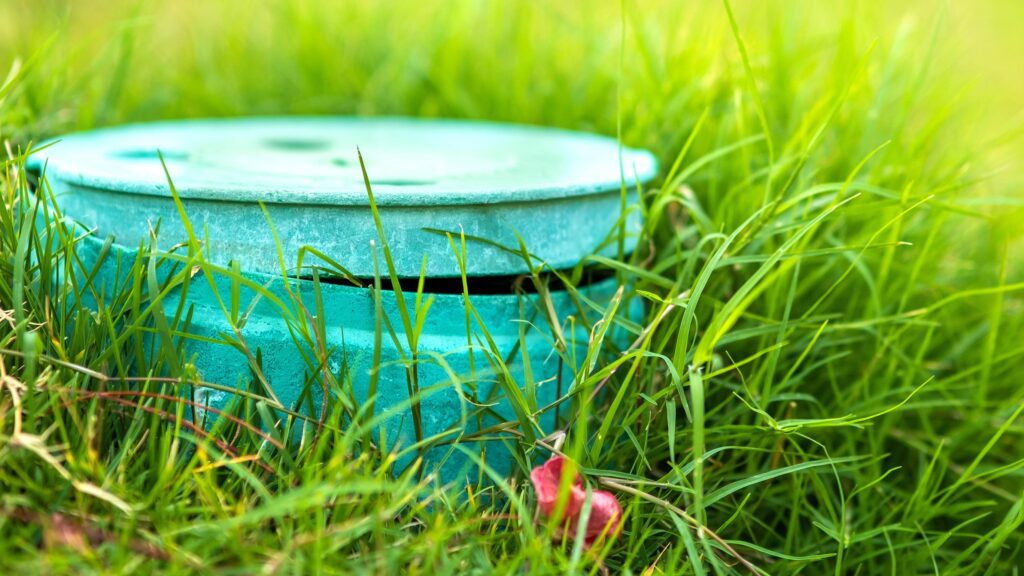
Sewer cleanout
Service providers clean clogs or blockages in laterals via the sewer cleanout, a capped pipe that provides easy access to the lateral. Ensure your cleanout is sealed to avoid waste from leaking out and to minimize clear water and debris from entering the system.
Lateral repair
If you need to repair or replace your lateral, some municipalities offer assistance programs to help with financial investments. Owners of older properties may also consider adding service line protection to your insurance policy.

For more information on inflow and infiltration, learn about the regional DRIIPS program (Disconnect and Reduce Inflow and Infiltration to Private Sewers) to help educate property owners and reduce clear water in the sanitary sewers.






